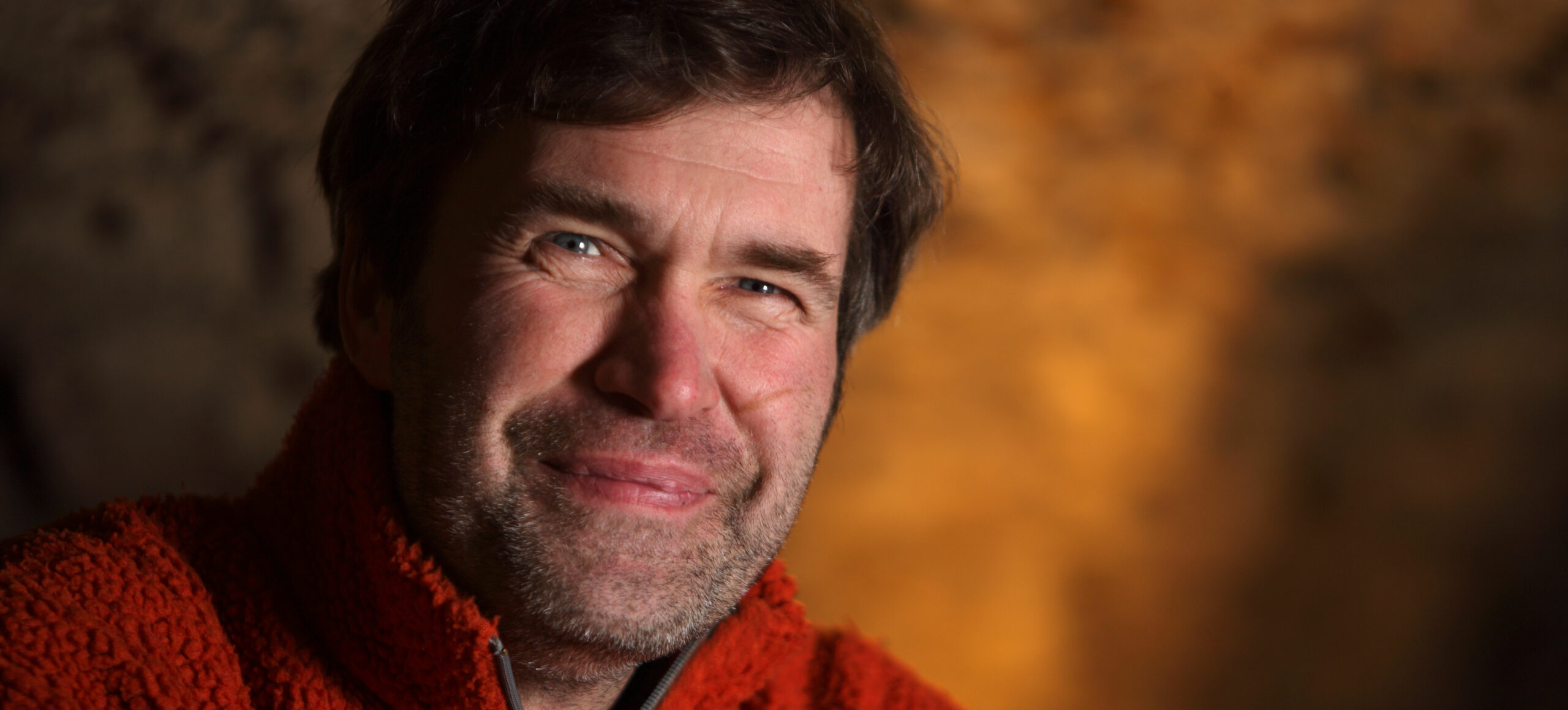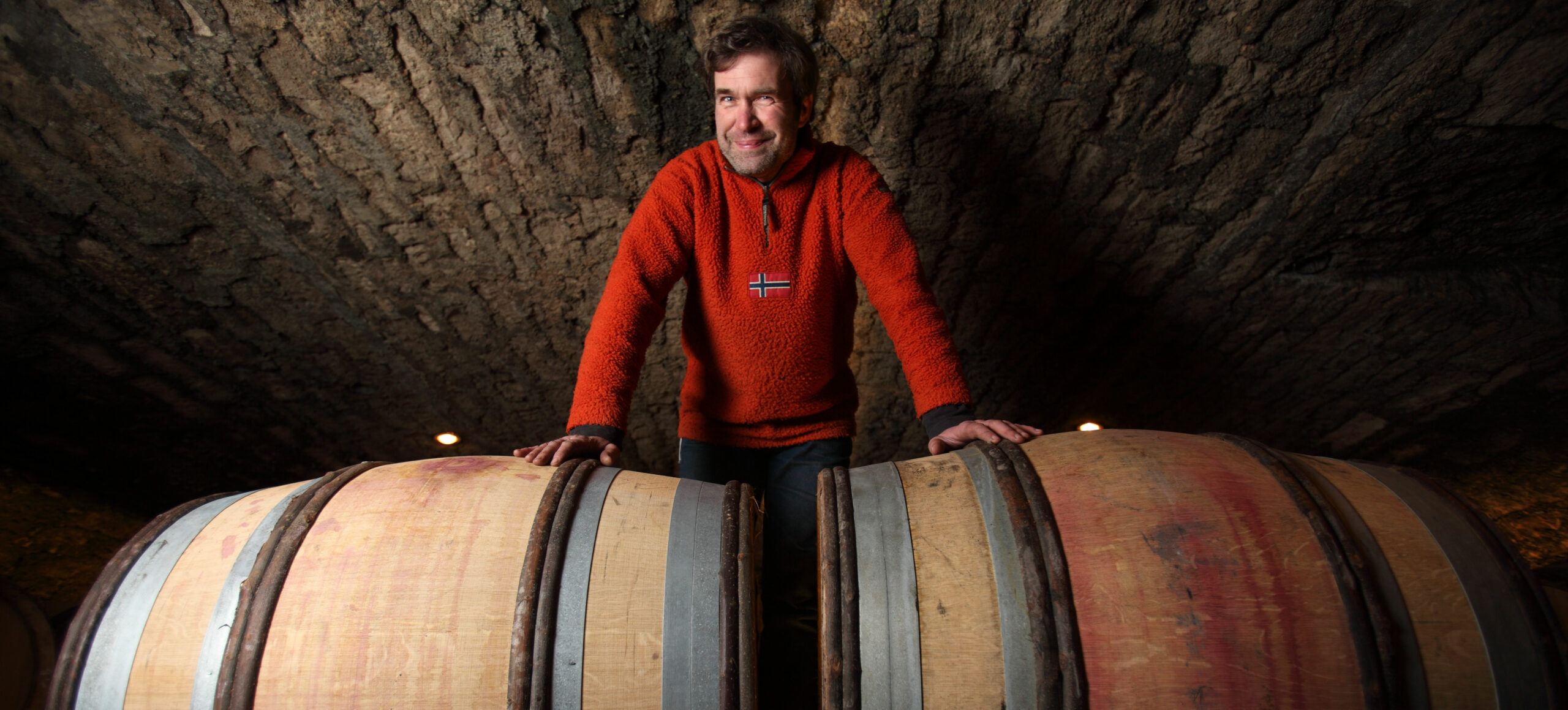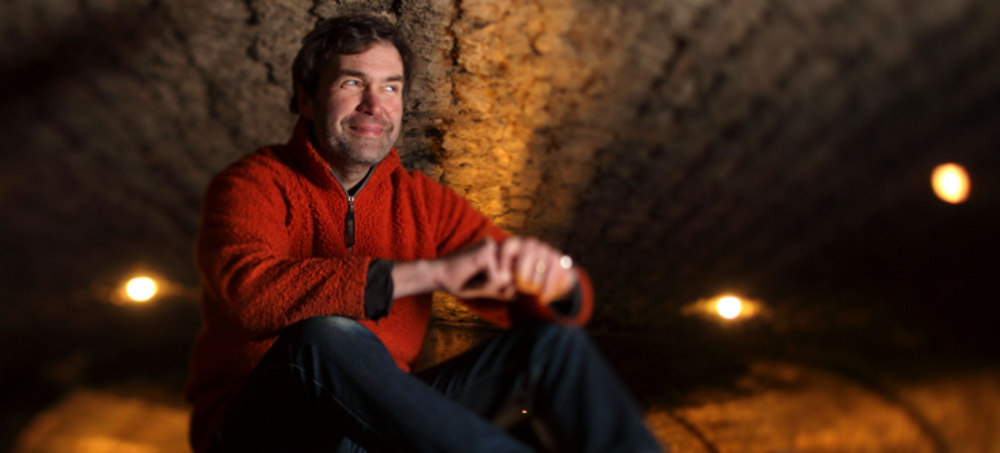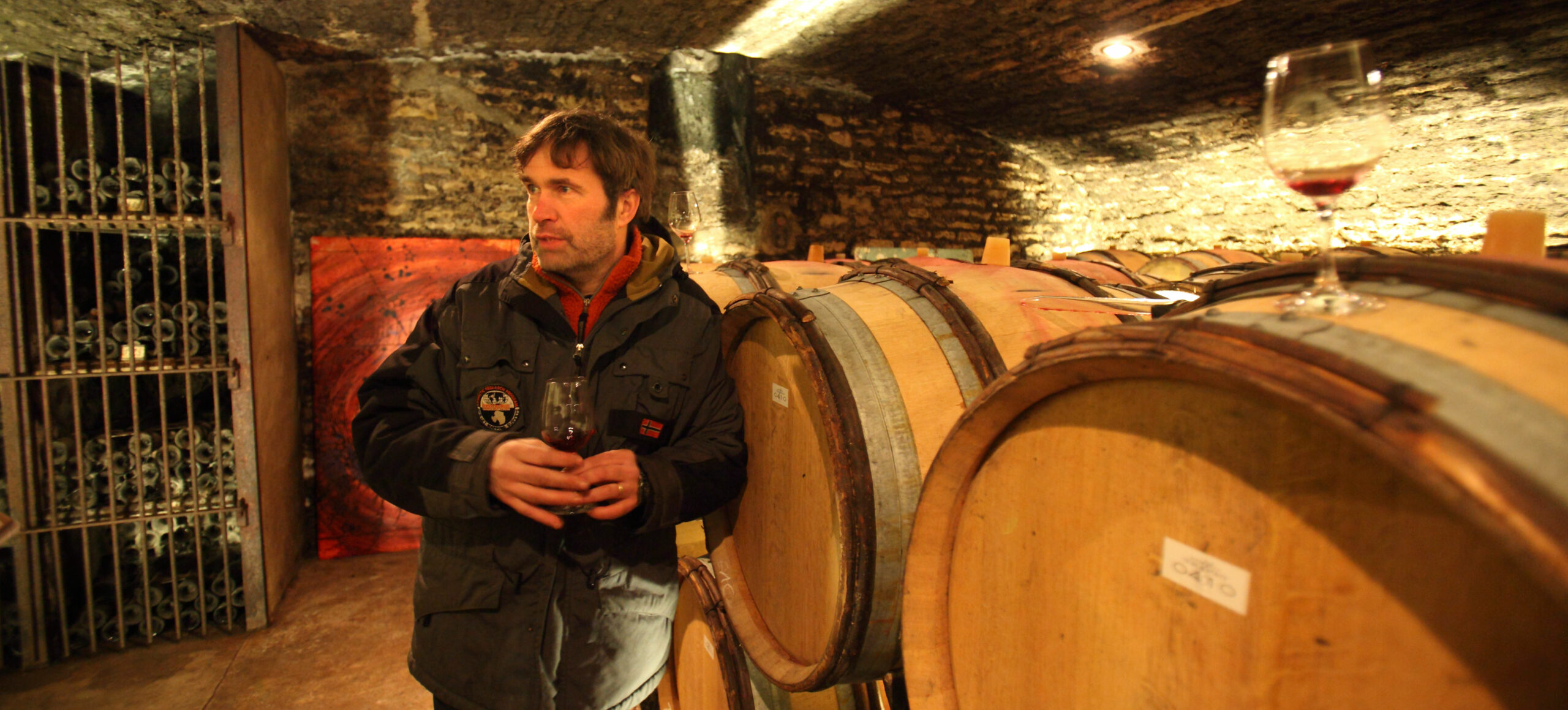In addition to their excellent holdings, the Trapets hold a unique place in Burgundian history as among the first to graft vines during phyloxerra. Five years after Louis Trapet founded the estate, the phyloxerra bug attacked the region. Insecticides didn't work. Louis believed grafting, which was illegal at the time, was the only solution and so he made clandestine trips in the dark hours of night to do the deed. The following year, Domaine Trapet was among the few estates able to provide wine to the Hospice de Beaune. By 1888, grafting was legalized and vines were grafted onto American rootstock, thus saving the vineyards of Burgundy.
The domaine was known throughout much of its history as Domaine Louis Trapet, named after the founder, but in 1993, the estate’s vineyard holdings were split in half, as a new generation sought to make wines from their half of the family’s holdings (Domaine Rossignol-Trapet). The result was the Louis Trapet estate being renamed as Domaine Trapet Père et Fils and run under the very sure hand of Jean-Louis Trapet. In the mid-1990s, Jean-Louis was among the first growers to implement biodynamic principles in the vines. As of 2009, the entire estate is demeter-certified. Jean-Louis experimented in the cellar too. As was the fashion at many top estates in the 1990s, Jean-Louis used quite a bit of new wood for his top wines at that time, but by the 2000s he drastically scaled back the new oak and extraction in search of terroir-transparency.
Today, the wines are made with an emphasis on elegance, purity and finesse. Jean-Louis tends to use pigeage (punch downs) earlier in the fermentation and then moves to mostly remontage (pump-over) once the fermentations starts and there is alcohol present that can more easily absorb the tannins in the must. Like many top producers these days, Jean-Louis also likes to use a nice dose of whole cluster in his fermentations. Though he tailors the percentage based on vintage conditions and the quality of the stems each year. That said, it is not uncommon to see 50-100% stems in the grand crus, 30-50% in the 1er Crus, and a bit less for village-level wines (though the Cuvee "Alea" usually has more). New wood usage is judicious, certainly compared to their other neighbors in Gevrey. This means roughly 20-25% on village wines, 30-40% on 1er Crus, and around 50% on the grand cru range.
The estate is certainly known for its three great Grand Crus, though the quality at Domaine Trapet Père et Fils is simply outstanding up and down their hierarchy. The Bourgogne Passetoutgrain and Bourgogne Rouge are the best gateways to Gevrey money can buy. The domaine also makes outstanding examples of both Marsannay and Gevrey-Chambertin Villages, and an impressive lineup of premier crus to augment their portfolio. The domaine also owns parcels in three top premier crus: Clos Prieur, Les Corbeaux and Petite Chapelle. The Clos Prieur and Petite Chapelle plots were some of the the first vines purchased by the family in the late 19th century, followed by Petite Chapelle in 1877, and Clos Prieur in 1893. The Les Corbeaux parcel was purchased much more recently. Because these plots are relatively small, vintages with tiny yields are sometimes combined to make a wine named "Cuvee Capita 1er Cru".
Trapet's outstanding grand crus (Latricières-Chambertin, Chapelle-Chambertin and Chambertin) are crafted to really highlight their underlying terroirs. Though they may not be as "big" or powerfully constructed as some of their other more flashy neighbors in Gevrey-Chambertin, they are in the top echelon in terms of aromatics, flavor complexity, expression of terroir, and aging potential. Like the man himself, there is an elegence, grace and purity to the wines that is haunting and rare in a village where power dominates. All in all, Domaine Trapet Père et Fils is at the top of their game, with Jean-Louis crafting wines that are as stunning as any in the great history of this long-respected Gevrey superstar.
In addition to the Burgundy estate, Jean-Louis and his wife Andrée, along with their sons Pierre and Louis, produce wines from her family’s property in Alsace. Here they grow Riesling, Gewurztraminer, Pinot Gris and Auxerrois -- all from biodynamically-farmed and Demeter certified vineyards. These tend to be dryer-styled Alsace wines, with vibrant aromatics and lovely lift.



